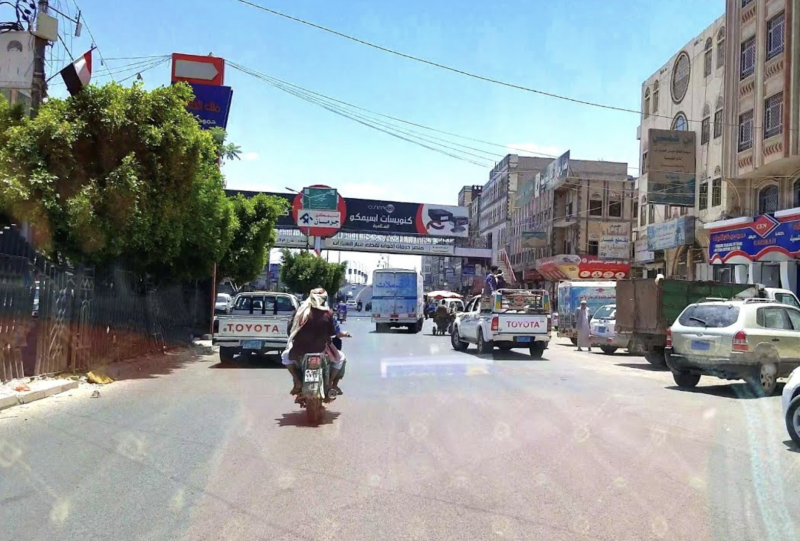UNDP : Addressing community needs while redressing the impact of climate change in Yemen


Yemen stands as one of the most climate-vulnerable nations globally, a reality further compounded by conflict, erratic rainfall patterns, and extreme weather events, including devastating floods. Already ranked among the most water-scarce in the world, Yemen faces an exacerbated crisis as the effects of climate change intensify. The adverse impacts on resource management have been particularly acute, severely impeding recovery and obstructing efforts towards peacebuilding. This multifaceted vulnerability underscores the pressing need for urgent, comprehensive strategies to address both environmental and socio-economic challenges.
The economic repercussions of climate change in Yemen are stark and far-reaching. Agriculture, a cornerstone of the national economy, has been critically undermined by extreme weather events, soil degradation, and dwindling water resources. The loss of arable land, combined with declining agricultural productivity, has worsened food insecurity and driven up food prices, disproportionately affecting the most vulnerable populations. These conditions, in turn, place immense pressure on an already fragile infrastructure, stymying economic growth and intensifying the country’s dependency on external aid. The ongoing deterioration of Yemen’s agricultural capacity further amplifies its vulnerability to economic shocks and food insecurity.
Many local initiatives across Yemen aim to build resilience and support climate change adaptation by restoring ecosystems, improving water resource management, and integrating climate considerations into development planning. For instance, when local authorities were charting their recovery and resilience plans, through the Strengthening Institutional and Economic Resilience in Yemen (SIERY) Project, they committed to reducing harmful environmental impacts. Their efforts to enhance environmental sustainability spanned across various sectors to include construction, water management, renewable energy, and agriculture, with a strong emphasis on sustainability and minimizing environmental damage.
Streamlining environmental considerations in construction projects
One of the local authorities’ key approaches to mitigating the impact of climate change is the use of sustainable materials in construction and rehabilitation projects, such as locally sourced stone and timber, which reduce transportation emissions and support the local economy. The projects focus on energy-efficient designs that reduce greenhouse gas emissions, such as incorporating renewable energy systems like solar panels, using low-energy appliances, and maximizing natural ventilation to cut down on heating and cooling demands. Water conservation is also a central concern, with rainwater harvesting systems and water-efficient fixtures being implemented to reduce resource consumption.
Environmental management continues throughout the project lifecycle, from initial planning up to construction and maintenance. Measures are taken to ensure that biodiversity is preserved, air and noise pollution are minimized, and the impact on local ecosystems is carefully assessed with mitigation measure put in place before construction begins. In line with climate resilience, the infrastructure is designed to withstand extreme weather events, with features like elevated structures and effective drainage solutions.
Local authorities also encourage the involvement of local communities in the planning process to ensure that the projects align with both environmental goals and community needs, fostering a sense of ownership and cooperation. Regular monitoring and maintenance help to maintain the sustainability of the infrastructure over time, ensuring that it continues to benefit both the environment and the local population.

Taiz — Local sources reported Thursday that security forces dismantled protest camps set up along Jamal Street in central Taiz, following a d…

Sana’a — Police in the Yemeni capital announced Wednesday the arrest of two suspects accused of killing a man and his wife on Khawlan S…

Sana’a — Local sources reported that four civilians, including two women and a child, were killed when an armed assailant opened fire o…